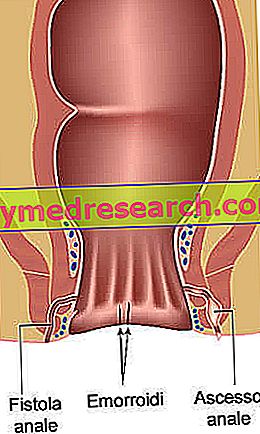The new cooking technologies are distinguished by different principles and processing techniques.
Magnetic induction cooking principle
It is practiced by means of a glass or ceramic plate below which an electronic generator is positioned which transforms the ordinary current into high-frequency current, 25, 000-50, 000 Hertz;

Induction cooking is used on board ships or airplanes, as it is particularly advantageous from the point of view of hygiene and safety (for the burns of the staff) BUT the costs related to the equipment are still very high.
Vacuum cooking principle
It includes the integrated use of: "vacuum" or vacuum machines, steam oven with temperature probe, blast chiller and a cooler.
Procedure : raw and pre-processed foods are placed in special bags and deprived of air, then cooked at low but constant temperatures at 64-98 ° C. Subsequently, they are thermally broken down and then refrigerated. NB . In some cases, instead of vacuum packing, the insertion of the modified atmosphere is preferred.
Principle of low density cooking
Low density cooking is a fairly recent technology that allows you to operate at temperatures of 120-125 ° C using as much as possible the humidity of the food; it is implemented through the use of a particular oven that automatically converts the cooking temperature into the maintenance temperature (minimum + 60 ° C), and is more suitable for meat and roasts, allowing the temperature to be maintained until the time of service .
Bibliography:
- Food and health. Food and nutrition course - S. Rodato, I. Gola - Clitt - pag. 238: 249.



